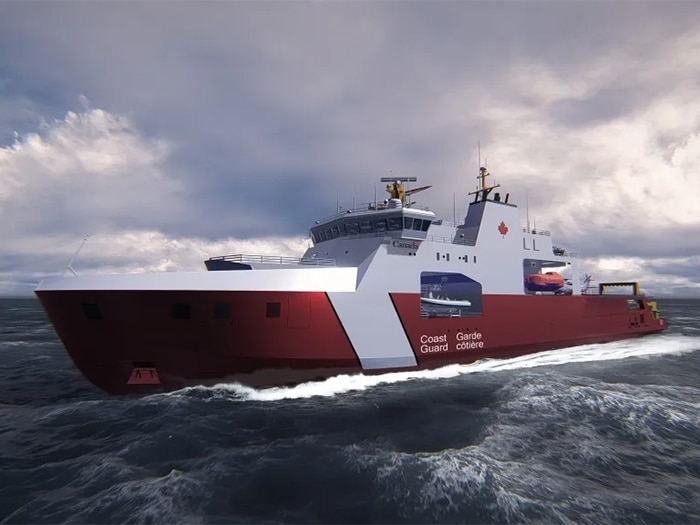One of the outcomes from the IMO meeting in the Facilitation Committee (FAL 45) was that a new updated version of the IMO Compendium will soon be issued, based on the most recent adoptions.
The Compendium promotes and supports electronic data exchange conducted using standardized data models and their implementation guidelines.
The IMO Compendium serves as a reference manual for creating and harmonizing the systems needed to support transmission, receipt, and the response of information required for the arrival, stay, and departure of the ship, persons, and cargo via electronic data exchange.

The current version of the compendium already addresses a number of declarations required according to the Convention on Facilitation of International Maritime Traffic (FAL Convention):
-
General Declaration
-
Cargo Declaration
-
Ship’s Stores Declaration
-
Crew’s Effects Declaration
-
Crew List
-
Passenger List
-
Dangerous Goods Manifest
-
Security-related information as required under SOLAS regulation XI-2/9.2.2
-
Advance Notification for Waste Delivery to Port Reception Facilities; and
-
Maritime Declaration of Health.
In addition, the Compendium has been extended to include additional e-business solutions beyond those related to the FAL Convention, such as on port logistic operational data and real-time data, to ensure the easy implementation of the IMO Just-In-Time (JIT) concept and maritime certificates.
More data sets are waiting to be included in the model.
“The IMO Compendium changes the way the maritime industry and ports will be communicating. Shipping is entering the digital world, and this change will reduce the administrative burden and increase the efficiency of maritime trade and transport,” says Jeppe Skovbakke Juhl, Manager, Maritime Safety & Security at BIMCO.















